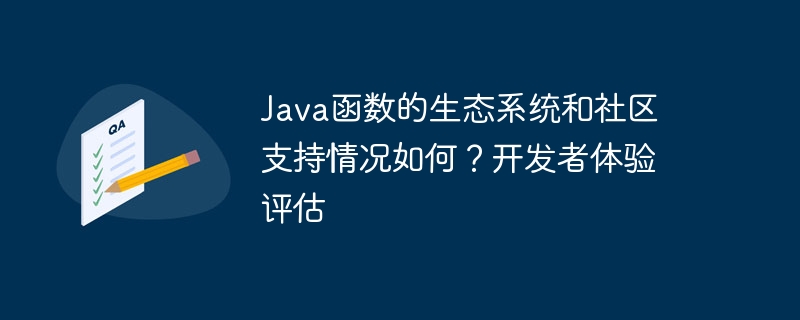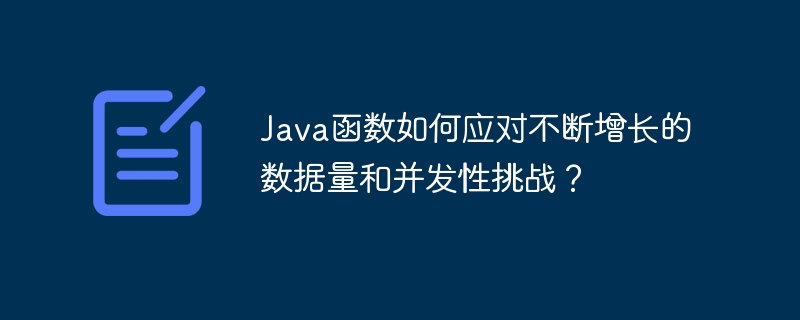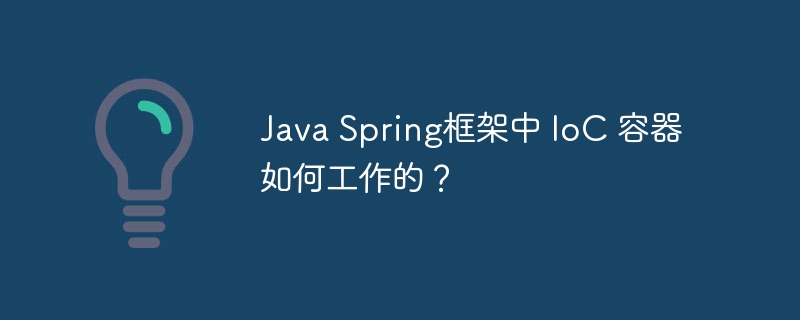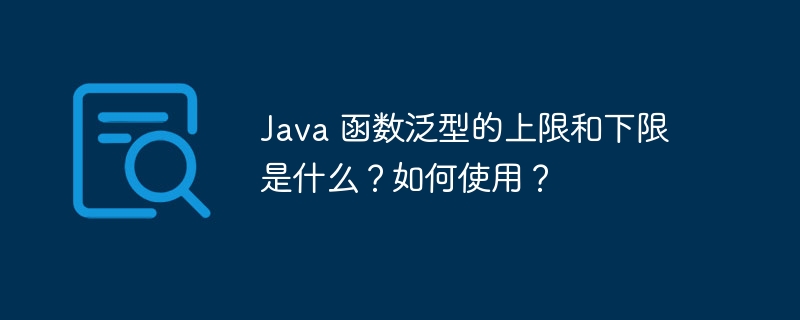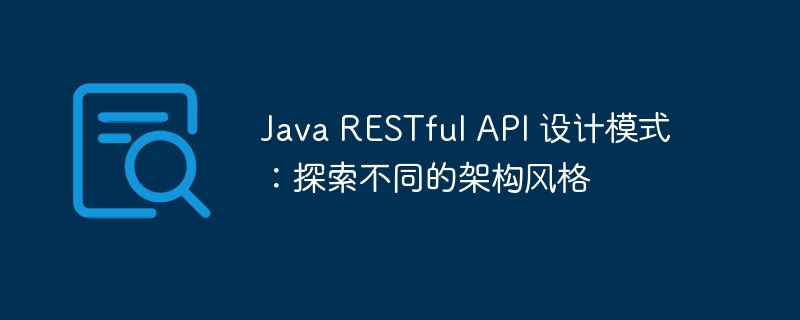
RESTful api 的设计模式提供了一种结构化的方法,使开发人员能够创建符合 REST 原则的高质量 API。这些模式对于提高 API 的可预测性、可扩展性和可维护性至关重要。
1. RESTful 资源
RESTful 资源是 API 的核心组成部分。它们表示应用程序中感兴趣的实体,例如客户、产品或订单。资源使用 URI 标识,并且可以通过 Http 方法(GET、POST、PUT、DELETE)进行操作。
@Entity
public class Customer {
@Id
@GeneratedValue(strategy=GenerationType.AUTO)
private Long id;
private String name;
private String email;
// ...
}
2. 超媒体
超媒体 API 提供额外的信息,例如可用操作的链接、格式规范和相关的资源。这使得客户端能够动态地浏览和交互 API,而无需事先了解其所有端点。
@GetMapping(produces = {MediaType.APPLICATION_HAL_JSON_VALUE})
public ResponseEntity<Resource<Customer>> getCustomer(@PathVariable Long id) {
Customer customer = customerService.findById(id);
Resource<Customer> resource = new Resource<>(customer);
resource.add(linkTo(methodOn(CustomerController.class).getCustomer(id)).withSelfRel());
resource.add(linkTo(methodOn(CustomerController.class).getAllCustomers()).withRel("customers"));
return ResponseEntity.ok(resource);
}
3. HATEOAS
HATEOAS(超文本作为应用程序状态引擎)是一种 RESTful 架构模式,它使用超媒体让客户端了解可用操作和资源。通过将状态嵌入到 API 响应中,HATEOAS 消除了对文档的需要,并促进了 API 的可发现性。
@GetMapping(produces = {MediaType.APPLICATION_HAL_jsON_VALUE})
public ResponseEntity<Resource<Customer>> getCustomer(@PathVariable Long id) {
Customer customer = customerService.findById(id);
Resource<Customer> resource = new Resource<>(customer);
resource.add(linkTo(methodOn(CustomerController.class).getCustomer(id)).withSelfRel());
resource.add(linkTo(methodOn(CustomerController.class).getAllCustomers()).withRel("customers"));
resource.add(linkTo(methodOn(CustomerController.class).updateCustomer(id, null)).withRel("update"));
resource.add(linkTo(methodOn(CustomerController.class).deleteCustomer(id)).withRel("delete"));
return ResponseEntity.ok(resource);
}
4. 微服务
微服务是一种架构风格,其中应用程序被分解为松散耦合的小服务。每个微服务负责一个特定功能,并通过 API 与其他服务进行通信。这种模式提高了可扩展性、灵活性,并且还简化了维护和部署。
@SpringBootApplication
public class CustomerMicroserviceApplication {
public static void main(String[] args) {
springApplication.run(CustomerMicroserviceApplication.class, args);
}
}
@RestController
@RequestMapping("/api/customers")
public class CustomerController {
@Autowired
private CustomerService customerService;
@GetMapping
public List<Customer> getAllCustomers() {
return customerService.findAll();
}
@GetMapping("/{id}")
public Customer getCustomer(@PathVariable Long id) {
return customerService.findById(id);
}
@PostMapping
public Customer createCustomer(@RequestBody Customer customer) {
return customerService.save(customer);
}
@PutMapping("/{id}")
public Customer updateCustomer(@PathVariable Long id, @RequestBody Customer customer) {
return customerService.update(id, customer);
}
@DeleteMapping("/{id}")
public void deleteCustomer(@PathVariable Long id) {
customerService.delete(id);
}
}
选择最佳模式
选择合适的 RESTful API 设计模式取决于应用程序的特定要求。对于简单且静态的 API,RESTful 资源模型就足够了。对于更复杂的 API,超媒体或 HATEOAS 可以提供更好的可发现性。微服务模式适用于需要可扩展性和灵活性的大型应用程序。
结论
RESTful API 的设计模式提供了指导,帮助开发人员创建高效、可维护且可扩展的 API。通过了解不同的架构风格,您可以选择最适合您应用程序需求的模式,从而实现更好的 API 设计和交互。

